
Duel at Diablo (1966)
Directed by Ralph Nelson
Genres - Western |
Sub-Genres - Cavalry Film |
Release Date - Jun 15, 1966 (USA - Unknown), Jun 15, 1966 (USA) |
Run Time - 103 min. |
Countries - United States |
MPAA Rating - NR
Share on
Synopsis by Bruce Eder
Frontier scout Jess Remsberg (James Garner) is crossing the desert when he spots a dead army scout and group of Apaches pursuing someone -- it turns out to be a white woman, Ellen Grange (Bibi Andersson); he gets her away from them and returns her to her home and her husband Willard (Dennis Weaver), who seems much more upset that the horse she was riding when she left is dead than he is glad that she is back. Ellen was kidnapped by the Apaches two years before and rescued a year after that, and had fled a town where her husband and everyone else had treated her as an outcast since her return. Apart from preventing her from being raped by some drunken townsmen, however, Remsberg barely has time to worry over what goes on between them, as he has a mission of his own -- tracking down the men who murdered his wife, a Comanche woman. A key clue is in the hands of the town marshal in Fort Conchos and to get there he has to scout for a cavalry unit bringing horses, ammunition, and fresh recruits to the fort, with Grange and his wife -- and the infant son she had by the Indian chieftain who took her as his squaw -- going along, with ex-buffalo soldier-turned-horse wrangler Toler (Sidney Poitier). Their party ends up under siege by Chata (John Hoyt), the Apache Indian chief and grandfather to Ellen Grange's baby, who has jumped the reservation; he wants his grandson back, and the ammunition the troop was carrying, and also intends on killing Ellen for inadvertently causing the death of his son. They all end up trapped in a box canyon while Remsberg tries to survive to get help from Fort Conchos. If this all sounds complicated, it's not, especially as told by director Nelson, in a straightforward, unpretentious, brisk, and decidedly violent fashion that anticipates his own Soldier Blue, made four years later. Every plot element links up neatly in this script, which quite effectively recalls (and weaves together) elements of the book and the movie Hondo as well as any number of revenge westerns of the 1960's.
Characteristics
Moods
Themes
Keywords
attack, bad-guy, cavalry, cross-cultural-relations, family-member, good-guy, killing, murder, Native-American, one-against-odds, racism, rape, revenge, scout, wife
Attributes
High Production Values
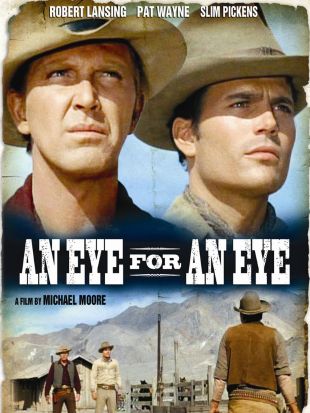
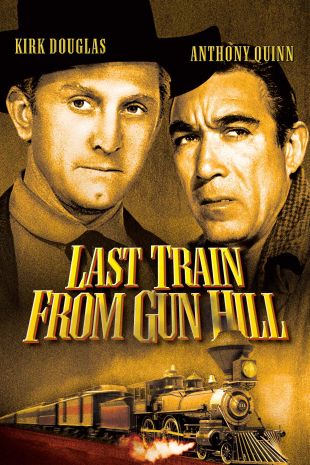
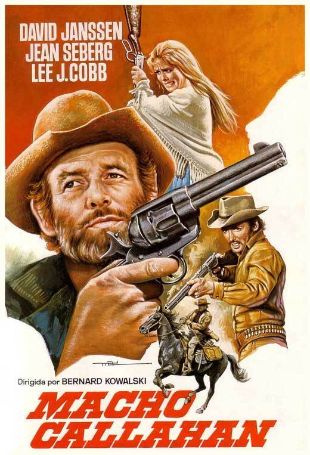
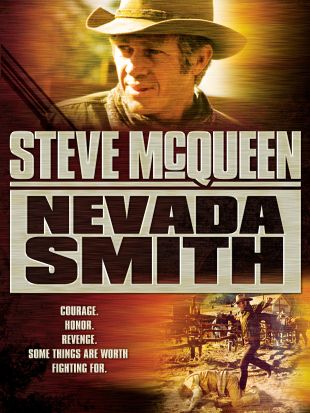
/_derived_jpg_q90_310x470_m0/TheLastoftheMohicans1992-PosterArt.jpg)

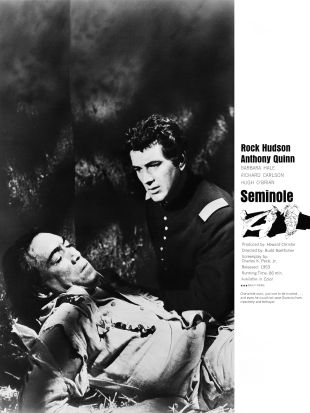
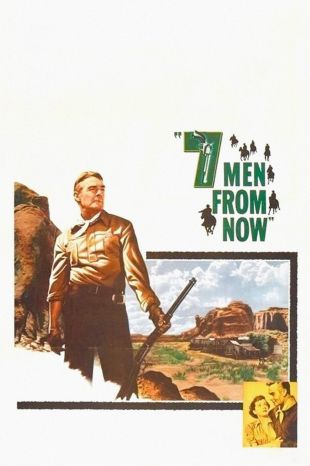
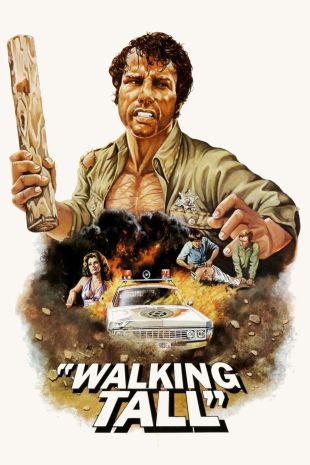

/_derived_jpg_q90_310x470_m0/SilverBullet1942-KeyArt1.jpg)
